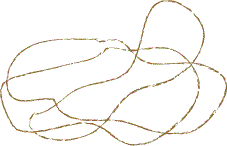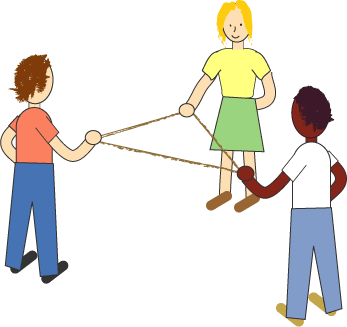Copyright © University of Cambridge. All rights reserved.
'Mrs Trimmer's String' printed from https://nrich.maths.org/
Show menu
Why do this problem?
This problem gives children opportunities to explore the properties of $2$D shapes but also to apply their knowledge of dividing into equal groups.Possible approach
The activity could be introduced by involving the whole class in the story of Mrs Trimmer and her children. The questions in the story could be raised in a simliar order. You will need plenty of room and a large loop of rope or string for the whole class. After that the children could be practically engaged in small groups of three to six children each with a loop of string about $3$ metres
in length and consider the questions themselves as well as ways of recording their answers. You could pose the questions in the problem orally for them to investigate using loops of string, encouraging them to make conjectures and justify them. You could give each group some paper to record their shapes, or you may want to take photographs of the children as they experiment.
You could then return to the classroom to discuss their findings. Their answers will depend on the number of children who held the string to make the shapes and this can lead into discussions about the underlying mathematics of factors by considering how many triangles/quadrilaterals could be made with this number of children. Encourage the children to use accurate descriptive language to
explain what they see so the vocabulary of sides, corners (vertices) and angles can be introduced.
(This sheet, which contains all the questions asked but has a shortened introductory part and no illustrations, may be useful if you wish children to have paper copies of the problem as written.)
Key questions
How many children are needed for one triangle? Then how many children would be needed to make two triangles? How many triangles can we make at the same time with our class? What is the same/different about these two triangles/quadrilaterals/shapes?
Why don't you use counters to help?
Can you think of the names of any other shapes with four sides?How many sides has a pentagon got? How many can we make with our class if everyone holds one corner each? Can you think of a way we could make five pentagons?


